10 Best Herbal Teas For Stye
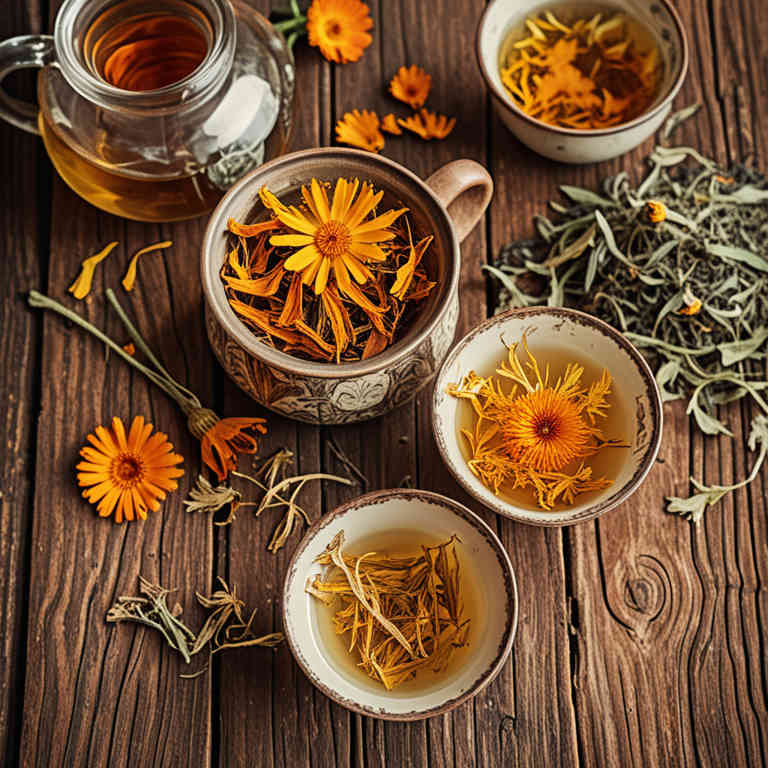
Herbal teas can be a natural and soothing remedy for stye, a common eye infection caused by bacterial blockage of an oil gland.
Chamomile, green tea, and calendula are popular herbal choices known for their anti-inflammatory and antimicrobial properties. To use, steep a tea bag in hot water and allow it to cool before applying it to the affected eye several times a day. This gentle application can help reduce swelling, redness, and discomfort associated with a stye.
While herbal teas may provide relief, they should not replace professional medical advice, especially if the stye persists or worsens.
FREE Herb Drying Checklist
How to make sure every batch retains maximum flavor, color, and aroma without the risk of mold or over-drying. Eliminate guesswork and trial-and-error, making herb drying faster, easier, and more efficient every time.
Table of Contents
1. Matricaria chamomilla
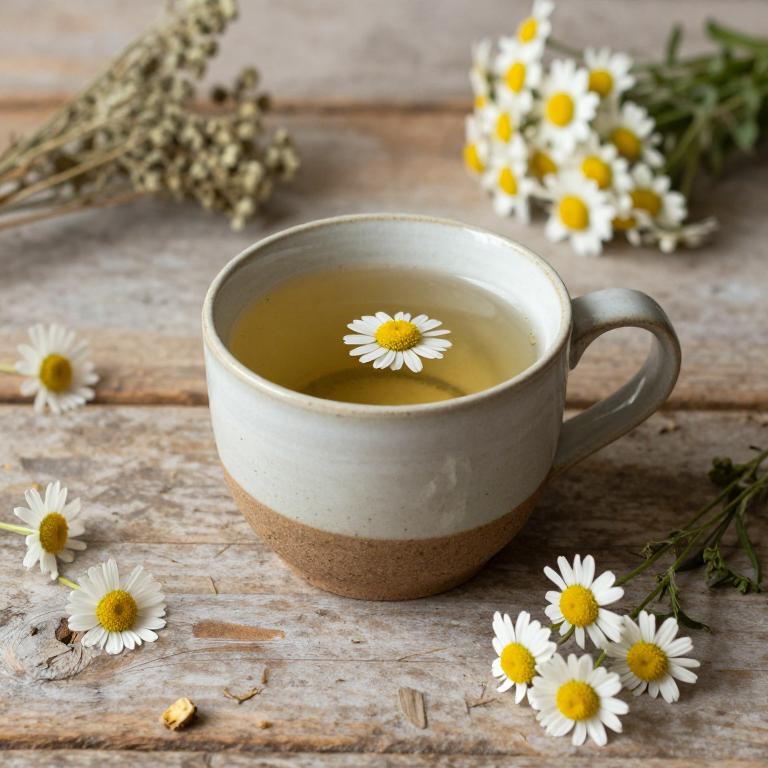
Matricaria chamomilla, commonly known as chamomile, is a popular herbal tea often used for its calming and anti-inflammatory properties.
When used for stye, a red, painful bump on the eyelid caused by a bacterial infection, chamomile tea can help reduce inflammation and soothe the affected area. To apply it, one can use a cooled chamomile tea bag as a compress over the stye several times a day. Its essential oils contain compounds like bisabolol and chamazulene, which have antibacterial and antiseptic effects.
While chamomile may provide relief, it is important to consult a healthcare professional if the stye persists or worsens, as it may require medical treatment.
2. Hypericum perforatum
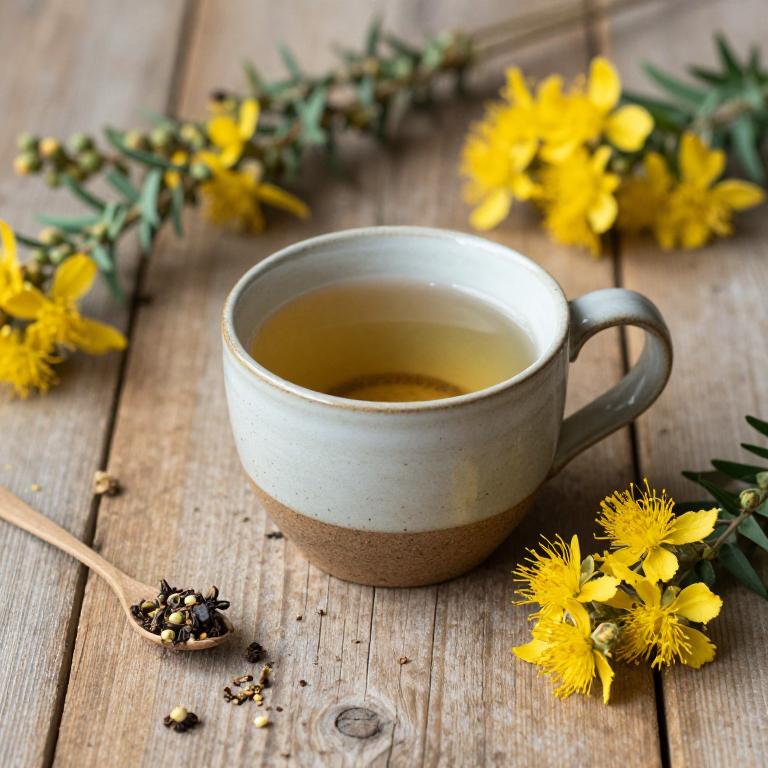
Hypericum perforatum, commonly known as St. John's Wort, is often used in herbal teas to support eye health and alleviate symptoms of a stye.
This herbal remedy is believed to possess anti-inflammatory and antimicrobial properties that may help reduce redness, swelling, and infection around the eyelid. When brewed as a tea, hypericum perforatum can be applied as a warm compress to the affected area, promoting drainage and soothing discomfort. However, it is important to consult with a healthcare professional before using it, especially if you are on medication, as it may interact with certain drugs.
While it can be a natural complement to conventional treatments, it should not replace medical advice or care for persistent or severe styes.
3. Camellia sinensis
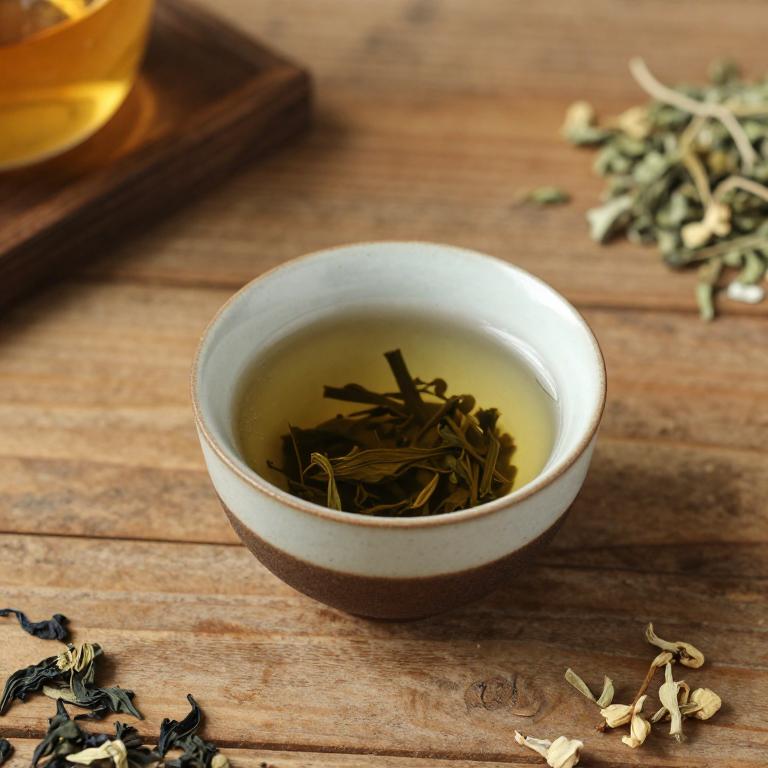
Camellia sinensis, the plant from which green and black teas are derived, contains bioactive compounds like catechins and polyphenols that may help reduce inflammation and support eye health.
While there is no direct scientific evidence that Camellia sinensis herbal teas specifically cure styes, some studies suggest that the antioxidants in these teas could potentially aid in reducing infection and promoting healing. Drinking herbal teas made from Camellia sinensis may help boost the immune system and support overall eye health, which can be beneficial during a stye outbreak. However, it is important to note that these teas should not replace conventional medical treatments for styes, such as warm compresses or antibiotic eye drops.
Always consult a healthcare professional before using herbal remedies for eye-related conditions.
4. Urtica dioica
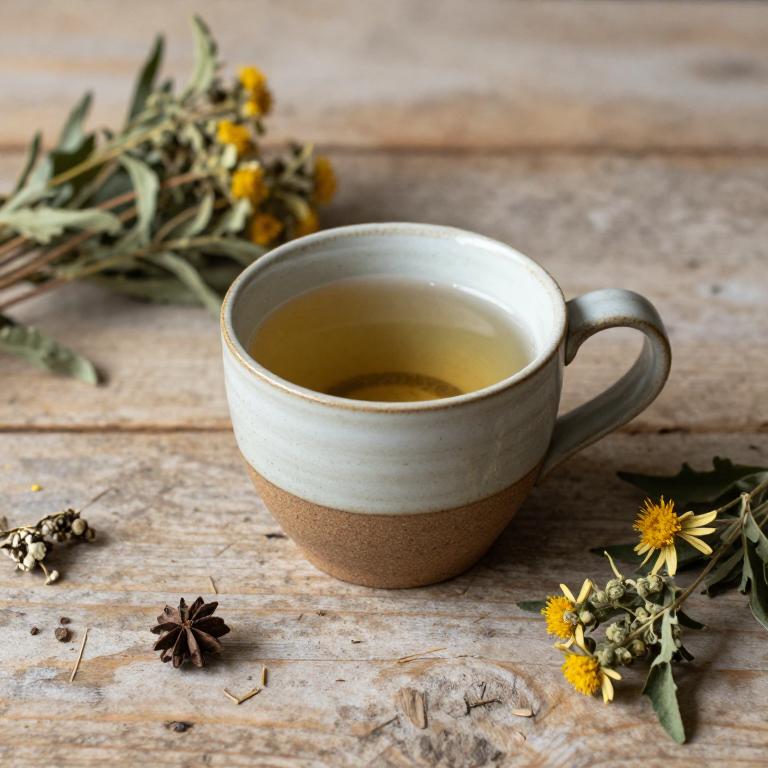
Urtica dioica, commonly known as stinging nettle, has been traditionally used in herbal medicine for its anti-inflammatory and antiviral properties.
When prepared as a herbal tea, it may help alleviate symptoms of a stye, which is an infection of the eyelid gland. The tea is believed to reduce redness, swelling, and discomfort associated with the condition. To prepare the tea, fresh or dried stinging nettle leaves are steeped in hot water for several minutes.
While it is generally considered safe, individuals should consult a healthcare professional before using it, especially if they have allergies or are on medication.
5. Salvia officinalis
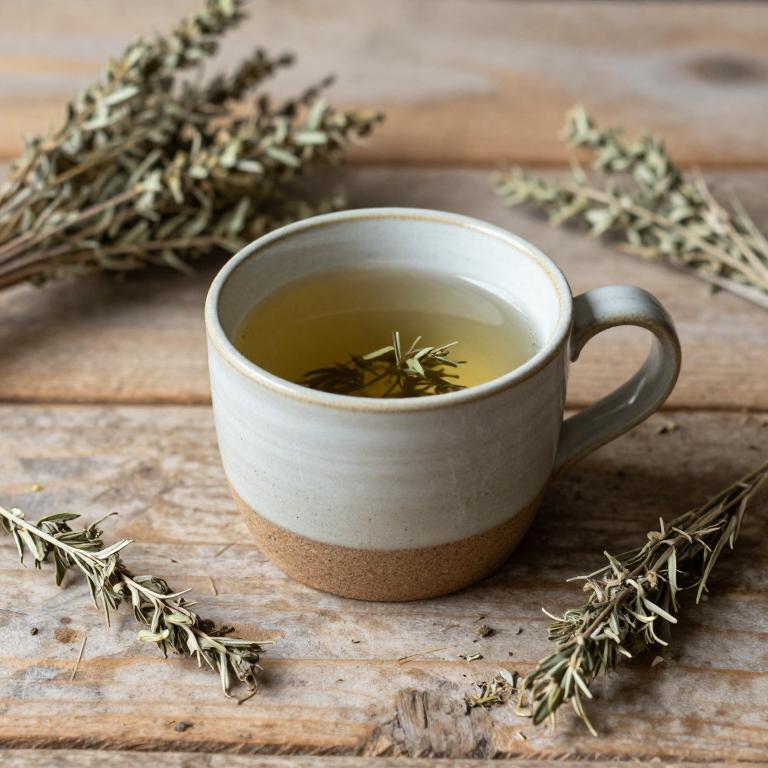
Salvia officinalis, commonly known as sage, is a versatile herbal plant often used in the preparation of herbal teas, including those aimed at treating stye, a painful infection of the eyelid.
Sage tea is believed to possess antimicrobial and anti-inflammatory properties that may help reduce the symptoms of a stye by fighting the bacterial infection and soothing the inflamed area. To prepare sage tea for stye, a few fresh or dried sage leaves are steeped in hot water for several minutes, then cooled and applied as a warm compress to the affected eye. While sage tea can be a natural remedy, it is important to consult a healthcare professional before using it, especially if the stye persists or worsens.
Overall, sage herbal tea offers a gentle and accessible option for individuals seeking natural relief from the discomfort of a stye.
6. Echinacea purpurea
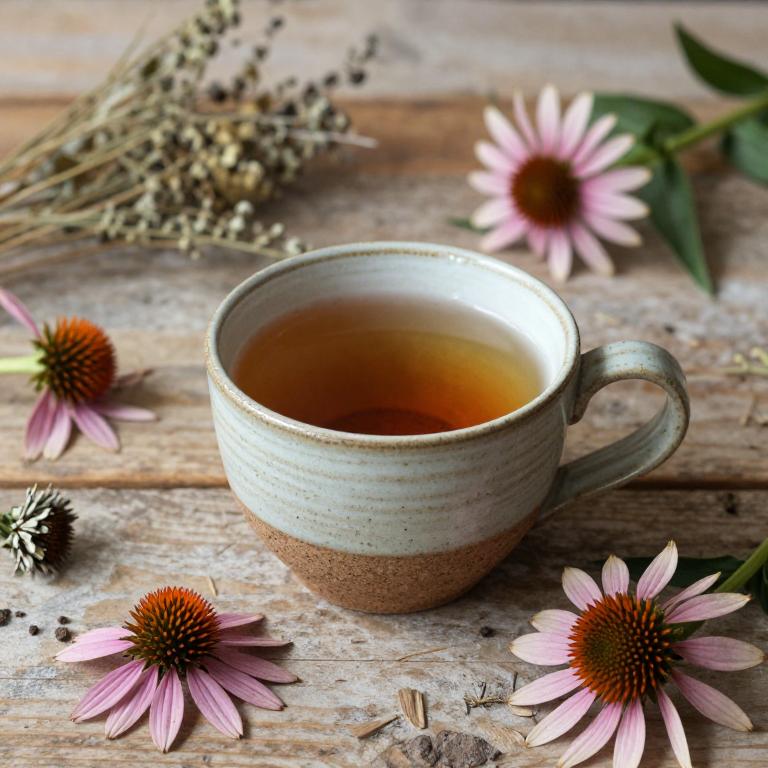
Echinacea purpurea, commonly known as purple coneflower, is a popular herbal remedy often used in teas to support immune health.
While it is not a cure for stye, which is a bacterial infection of the eyelid, some people use echinacea tea as a complementary treatment to reduce inflammation and promote healing. The tea is believed to have anti-inflammatory and antimicrobial properties that may help alleviate symptoms associated with stye. However, it is important to consult a healthcare professional before using echinacea, especially if you have allergies or are taking other medications.
Overall, echinacea tea can be a gentle addition to a holistic approach for managing stye, but it should not replace medical treatment.
7. Rosa canina
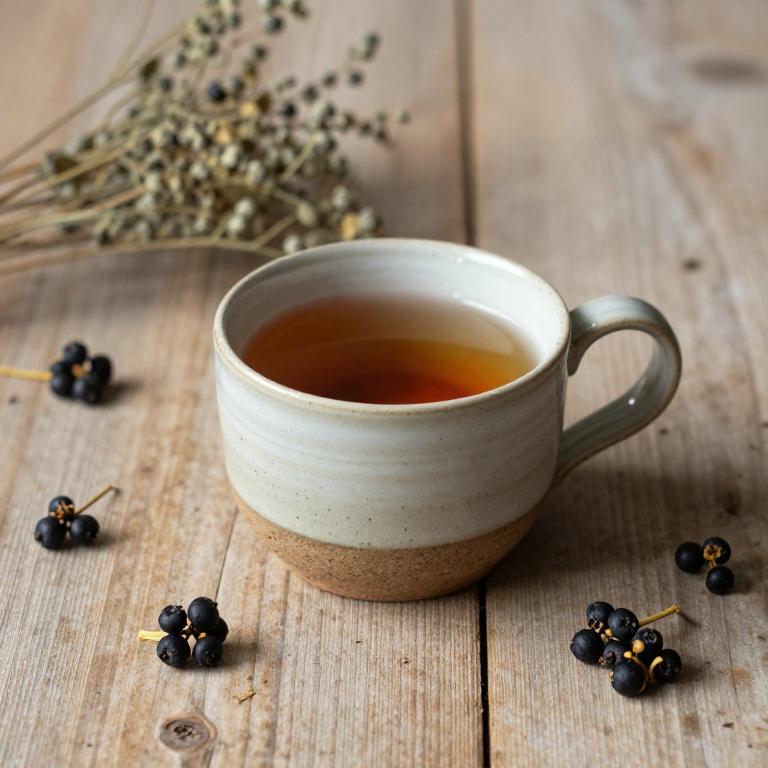
Rosa canina, also known as rose hip, is a traditional herbal remedy often used in the form of tea to support eye health and reduce inflammation.
The tea is made from the dried fruits of the rose plant and is rich in antioxidants, vitamin C, and anti-inflammatory compounds, which may help alleviate symptoms of a stye. When consumed regularly, rosa canina tea can promote healing and reduce redness and swelling around the eye. It is typically prepared by steeping the dried rose hips in hot water for several minutes.
While it can be a complementary treatment for stye, it is advisable to consult a healthcare professional for persistent or severe cases.
8. Chamomilla recutita
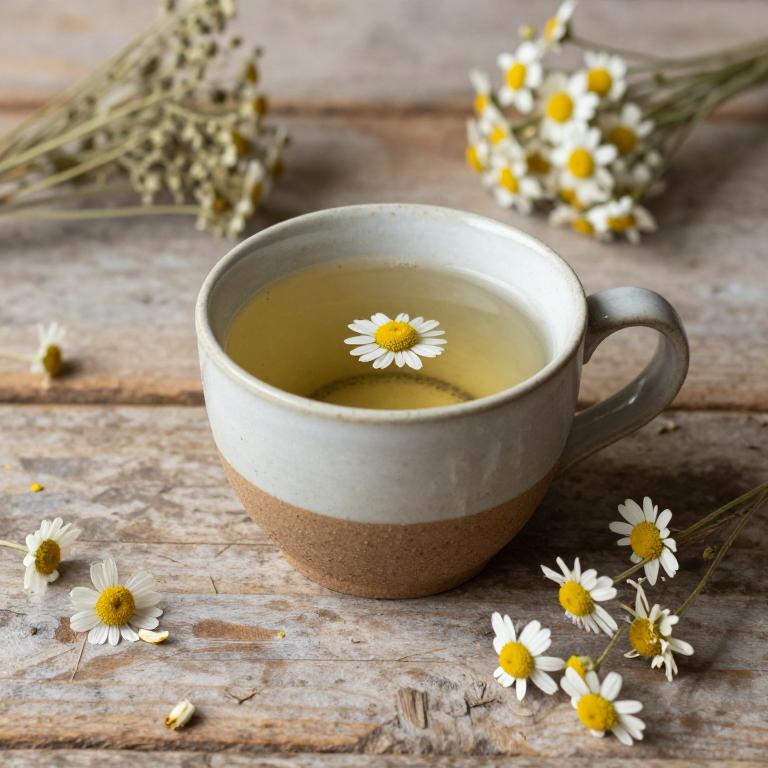
Chamomilla recutita, commonly known as German chamomile, is a popular herbal remedy often used in the form of tea to alleviate symptoms of a stye, which is an inflamed eyelid caused by a bacterial infection.
The tea is believed to have anti-inflammatory and antimicrobial properties that can help reduce redness, swelling, and discomfort associated with styes. To prepare the tea, steep a few chamomile flowers in hot water for several minutes, then allow it to cool before using it as a compress on the affected eye. Regular application of chamomile tea can promote healing and soothe the irritation caused by the stye.
While it is generally safe for most people, it is advisable to consult a healthcare professional before using it, especially if the stye persists or worsens.
9. Sambucus nigra

Sambucus nigra, commonly known as European elderberry, has been traditionally used in herbal teas for its potential anti-inflammatory and antimicrobial properties.
When brewed into a tea, it may help reduce the redness and swelling associated with a stye, which is an infection of the eyelid glands. The high antioxidant content in elderberry tea can support the body's natural healing processes and boost immune function. However, it is important to consult a healthcare professional before using elderberry tea for a stye, as it may interact with certain medications or conditions.
While it can be a complementary remedy, it should not replace medical treatment for persistent or severe stye infections.
10. Silybum marianum
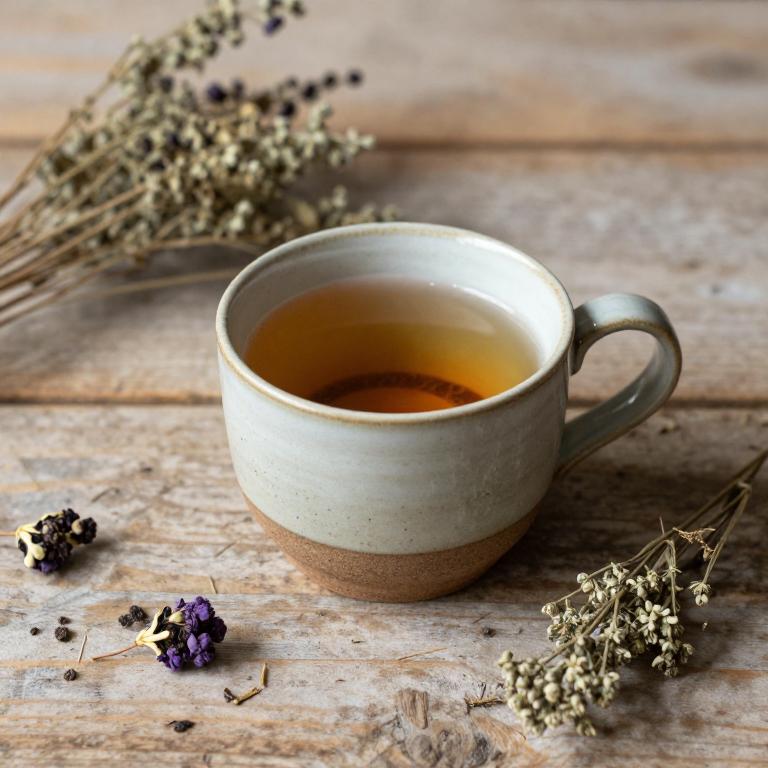
Silybum marianum, also known as milk thistle, is a herbal remedy often used in teas to support eye health and reduce inflammation.
While it is commonly associated with liver detoxification, some studies suggest it may have anti-inflammatory properties that could help alleviate symptoms of a stye, which is an infection of the eyelid glands. When brewed as a tea, silybum marianum may provide mild relief by reducing swelling and promoting healing in the affected area. However, it is important to consult with a healthcare professional before using it, especially if you have underlying medical conditions or are taking other medications.
Although not a substitute for medical treatment, silybum marianum herbal tea may be a complementary option for those seeking natural support for stye relief.